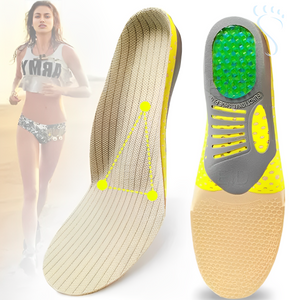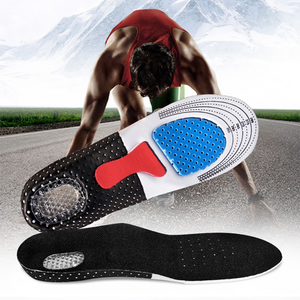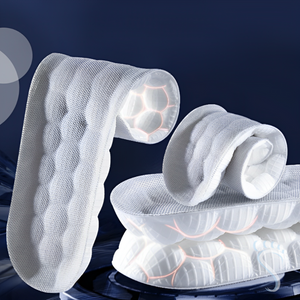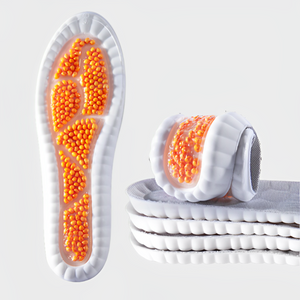Heel Spurs: What They Are, Main Causes, and How to Treat Them
A heel spur, also known as a calcaneal spur, is an abnormal bone growth extending from the heel bone (calcaneus). It typically forms due to chronic strain on foot muscles and ligaments, often triggered by high-impact activity, obesity, aging, improper footwear, or chronic plantar fasciitis.
Understanding the condition is the first step to managing it. Below you'll find causes, symptoms, and treatment options.
What Is a Heel Spur?
A heel spur is a bony protrusion that develops at the base of the heel. It usually results from calcium buildup due to repeated stress or tension on the heel.
Common symptoms include:
-
Pain in the heel (note: the spur itself doesn’t hurt — surrounding tissues do)
-
Throbbing pain in the morning or after rest
-
Sharp pain when standing or walking
-
Burning sensation in the heel
-
Tenderness around the heel
What Causes Heel Spurs?
-
Chronic foot overload: Running, dancing, or other high-impact activities
-
Improper footwear: Hard soles and lack of arch support increase heel stress
-
Obesity: Extra weight increases chronic inflammation and microtrauma
-
Biomechanical issues: Flat feet or high arches cause uneven weight distribution
Pisato Insoles for Heel Spurs
Pisato insoles are designed to relieve heel pressure and reduce pain caused by the bony spur.
Key benefits include:
-
Heel pressure relief: Redistributes load away from the spur area
-
Shock absorption: Minimizes impact during walking, reducing inflammation
-
Arch support: Reduces plantar fascia tension and prevents heel overload
-
Gait correction: Addresses pronation/supination for a more comfortable stride
Can Heel Spurs Be Cured?
Heel spurs don’t go away without surgery, but symptoms can be managed. Most people experience significant relief through conservative treatments like insoles, proper shoes, and lifestyle changes. Surgery is a last resort, recommended only after 12+ months of failed conservative care.
Potential surgical complications include:
-
Persistent heel pain
-
Calf muscle atrophy
-
Loss of toe strength and mobility
-
Scar tissue formation
-
Numbness in the affected area
Frequently Asked Questions About Heel Spurs
How is a heel spur detected?
Symptoms include morning heel pain and tenderness. Sometimes, the bony lump can be felt under the heel.
How long does a heel spur last?
Permanently, unless surgically removed. However, pain usually improves within 3 to 6 months of proper treatment.
What type of shoes should I wear for heel spurs?
Choose shoes with proper cushioning and heel support to reduce pressure and impact.
Can I run with a heel spur?
Running adds excessive stress to the heel. If pain is present, reduce activity and seek medical advice.
What’s the difference between plantar fasciitis and a heel spur?
Plantar fasciitis is inflammation of the fascia tissue, causing pain along the sole. A heel spur is a bone growth on the heel bone. The spur itself doesn’t cause pain — inflamed nearby tissue does.






